
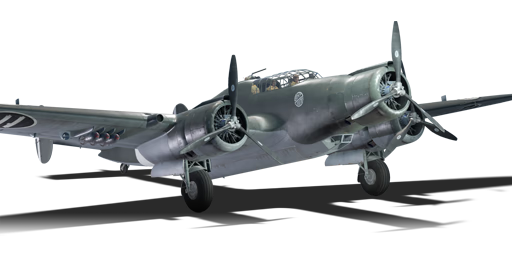



The Z.1007 bis serie 5 is an Italian bomber. It was introduced in Update 1.69 "Regia Aeronautica".
The Z.1007 bis serie 5 is a relatively versatile medium bomber, sacrificing defensive armament and instead focusing on speed in order to avoid interception. It has a relatively decent bomb-load with several options for use against different kinds of targets from AA, pillboxes, tanks to ships.
The Z.1007 bis is a distinct upgrade over the SM.79 series in every aspect. It can carry an extra 6 x 100 kg bombs on external racks in addition to the internal 2 x 500 kg bombs, which is 600 kg more than any of the SM.79 series can carry. This load-out is the best one against bases. It can also carry an extra 250 kg bomb over the SM.79 series for a total of 6 x 250 kg bombs. This payload is better for destroying tanks, but requires precise aim to destroy pillboxes; the 500 kg bombs may be more forgiving if attacking them from altitude. It can also carry a single torpedo for use against shipping.
In order to make up for the weak power output of Italian engines, the Z.1007 bis has the tri-motor configuration characteristic of Italian bombers. The combined horsepower of the three engines provides decent flight performance, but losing even a single engine will immensely degrade it. The Z.1007 bis is also faster than the SM.79 series, which is fortunate because it has a relatively poor defensive armament despite its good coverage. The dorsal turret can cover 360 degrees, but is armed with only one of the relatively weak Italian 12.7 mm machine guns. The beam 7.7 mm guns are effectively worthless, and should not be depended upon. The ventral 12.7 mm machine gun provides limited coverage to attacks from below.
Compared to its earlier predecessor the serie 3 it features a twin tail (Italian: bideriva) and a miniscule better top speed.
flaps
flaps
flaps
brake
| Belt | Belt filling | Armor penetration (mm) at a distance: | |||||
|---|---|---|---|---|---|---|---|
| 10 m | 100 m | 500 m | 1000 m | 1500 m | 2000 m | ||
| T/Ball/AP/AP/HEF | 21 | 19 | 12 | 7 | 4 | 2 | |
| AP/AP/AP/API-T | 21 | 19 | 12 | 7 | 4 | 3 | |
| API-T/AP-I | 21 | 19 | 12 | 7 | 4 | 3 | |
| Belt | Belt filling | Armor penetration (mm) at a distance: | |||||
|---|---|---|---|---|---|---|---|
| 10 m | 100 m | 500 m | 1000 m | 1500 m | 2000 m | ||
| T/Ball/AP/AP/HEF | 21 | 19 | 12 | 7 | 4 | 2 | |
| AP/AP/AP/API-T | 21 | 19 | 12 | 7 | 4 | 3 | |
| API-T/AP-I | 21 | 19 | 12 | 7 | 4 | 3 | |
| Belt | Belt filling | Armor penetration (mm) at a distance: | |||||
|---|---|---|---|---|---|---|---|
| 10 m | 100 m | 500 m | 1000 m | 1500 m | 2000 m | ||
| T/Ball/Ball/AP-I/AP | 13 | 12 | 7 | 3 | 2 | 0 | |
| T/AP/AP/AP | 13 | 12 | 7 | 3 | 2 | 0 | |
| T/AP-I/AP-I/AP-I | 13 | 12 | 7 | 3 | 2 | 0 | |
| Name | Weight | Slot | ||||
|---|---|---|---|---|---|---|
| 3 × | 174 kg | 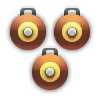 |  |  | ||
| 3 × | 300 kg | 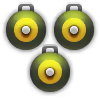 |  |  | ||
| 2 × | 518 kg | 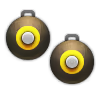 |  |  | ||
| 6 × | 348 kg | 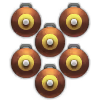 |  | |||
| 6 × | 600 kg |  |  | |||
| 508 kg | 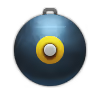 |  | ||||
| 821.6 kg | 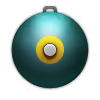 | |||||
| 4 × | 604.4 kg | 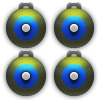 | ||||
| 905 kg |  | |||||












Flight performance | |
|---|---|
Survivability |
|---|
Weaponry | |
|---|---|